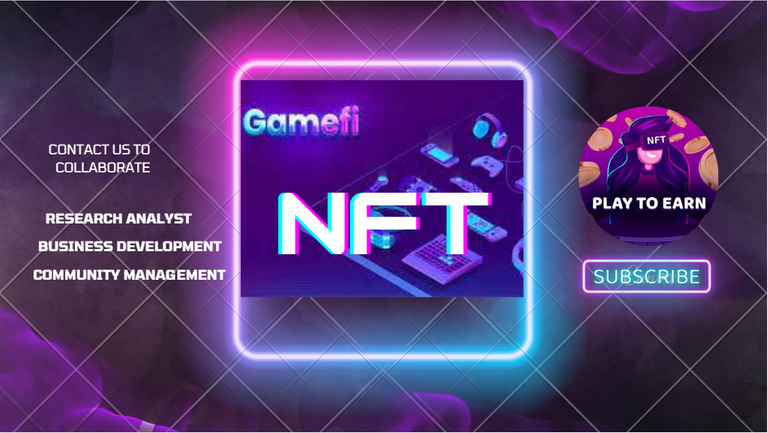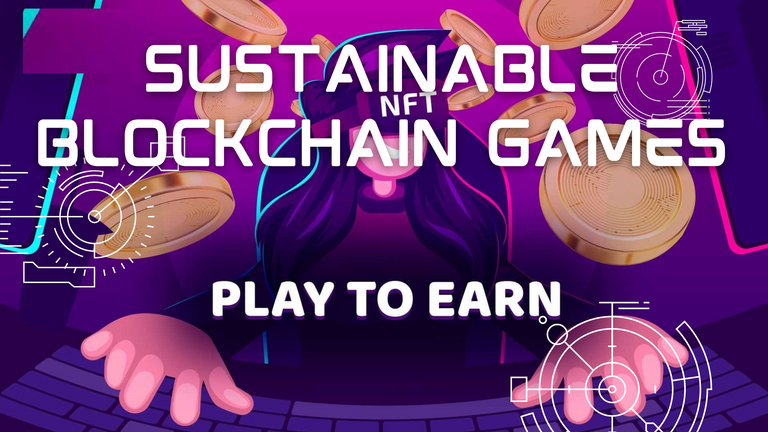Sustainable blockchain play-to-earn games are games that keep growing with a user base, increasing earnings for users, generating return on investment for investors, and incentivizing the development with transparency and offers freedom to earn from play or development.
The success of a blockchain game is dependent on a variety of factors, such as the quality of the game, the size and engagement of the player base, and the chosen revenue model. Blockchain for its transparency, decentralization, and freedom attracts a lot of masses in the gaming domain. But the sustainability of stable earning through play-to-earn is a challenge. Players may stick because of the speculative value of assets but sometimes this fragile notion burst out.
Sustainability Issues
Most blockchain games attracted players through their higher earning potential. Of this, more and more gamers joined the gameplay, and then earnings per gamer decreased.
- The tokenomics design was not sophisticated to sustain perpetual growth over time.
- Demand and supply within the ecosystem were not designed properly to make the game sustainable over time.
- The chain on which the game is developed is also important. If their value fluctuates, the whole system collapse. In simple terms, crypto market sustainability is important as well for sustainable blockchain games.
Factors Contributing to Stable Earnings
1. Economic Design, Tokenomics,
Tokenomics engineers and in-game mechanics professionals need to work on value creation and think about all possible scenarios that could happen within the blockchain space. Users (players/gamers) will less likely to stick with a project where they are losing all of their asset's value. Stable earnings in dollars could be a lucrative thing for gamers but if the value in dollars is diminishing, that could be a problem for users despite another promise the game provides to the users.
Cashing out Mechanism:
Blockchain games offer high incentives on play to earn initially. When a plethora of players join, the earnings diminish and early users start withdrawing. Retention becomes a challenge.
It is managed by fixing caps. It means a user can withdraw earnings but the system caps the withdrawal amount for a certain cool-down period. By this, retention is possible with certain outcomes.
Positive-Sum for Most Players:
Most of the games are positive-sum for specific players. Tournaments or seasons offer high rewards to the top players. Every player cannot earn much from play to earn. Sustainable blockchain games with positive sum income for most players are a challenge. Most web3 players spend more money than they earned. Of course, they spent to buy fun and good experience. But most web3 players do not understand this. Need to focus on fun to play and true ownership. True ownership is one of the cores of blockchain.

2- Quality of Game
The quality of a game can certainly have an impact on its ability to generate stable earnings in the blockchain gaming space. If a game is well-designed and engaging, it is more likely to attract and retain a large player base, which can lead to a steady stream of revenue from in-game purchases, cryptocurrency transactions, and other monetization methods.
3. Size and Engagement of the player base
The size and engagement of a game's player base can definitely have an impact on its ability to generate stable earnings. A larger player base means there is a larger pool of potential customers who could make in-game purchases or engage in cryptocurrency transactions. Additionally, a more engaged player base is more likely to make frequent in-game purchases and spend more money over time, which can also contribute to the financial stability of a blockchain game.
Size and Engagement of a Player Base to Generate Stable Earning for a Blockchain Game
- A larger player base means more opportunities for monetization, such as through in-game purchases or advertising.
- A more engaged player base is more likely to participate in in-game events and challenges, which can lead to additional revenue from participation fees or special offers.
- A strong and active community of players can help to spread word-of-mouth advertising and attract new players to the game, which can help to further increase the size of the player base.
Players are attracted by the slogan of play to earn. So, they are coming to earn. Investors are funding the game development for a return on investment. Developers are into this for incentivization. Where does the money come from?
4. The Chosen Revenue Model
The chosen revenue model can have a significant impact on the stability of a blockchain game's income. Different revenue models can have different levels of stability, depending on a number of factors, such as the size and engagement of the player base, the quality of the game, and the market conditions.
Revenue Models that can Potentially Contribute to Stable Earning for a Blockchain Game
. In-Game Purchases:
Players can make purchases within the game to unlock new content or to enhance their gameplay experience. Certain NFTs are required to reach higher levels or unlock quests. This revenue model can be stable if the game is of high quality and has a large and engaged player base.
. Advertising
Advertising is another method to generate revenue. In-app advertising through video, billboards in games, or collaborating with certain NFTs or in events, in any way, advertising is a great means to earn revenue or attract players through collaborating with celebrities.
Subscription Fees:
Players can pay a regular subscription fee to access the game. This revenue model can be stable if the game is of high quality and offers a sufficient amount of new and engaging content on a regular basis to justify the subscription fee.
5. Crypto Market Stability:
Players can buy, sell, and trade virtual goods using cryptocurrencies, such as in-game currencies, or governance tokens. This revenue model can be stable if the cryptocurrency market is stable and there is a healthy demand for virtual goods.

6. Creating Compelling and Enjoyable Games
Creating compelling and enjoyable games is an important factor in generating stable earnings in the blockchain gaming space. Players are more likely to continue playing and spending money on a game that they find enjoyable, so it is important for developers to create games that are engaging, fun, and offer a high-quality player experience.
Compelling and Fun-to-Play Games to Generate Stable Earnings for Blockchain Games:
- A well-designed game is more likely to attract and retain a large player base, which can create a steady stream of revenue from in-game purchases, cryptocurrency transactions, and other monetization methods.
- A game that is enjoyable and provides a high-quality player experience is more likely to receive positive word-of-mouth advertising, which can help to attract new players and increase the size of the player base.
- Players who enjoy a game are more likely to participate in in-game events and challenges, which can create additional revenue from participation fees or special offers.
7. Updating and Improving Game
Continuously updating and improving a game can definitely help to generate stable earnings in the blockchain gaming space. Players are more likely to continue playing and spending money on a game that is regularly updated and improved, as it shows that the game is actively being maintained and supported by the developers.
Continuous Updates and Improvements to Generate Stable Earnings for a Blockchain Game:
- New content and features can help to keep players engaged and encourage them to continue playing the game.
- Fixing bugs and issues can improve the overall player experience and reduce player frustration, which can help to retain players and encourage them to spend money on the game.
- Regular updates can help to keep the game fresh and interesting, which can attract new players and increase the size of the player base.
Conclusion
Blockchain games that have a strong player base and high levels of engagement are more likely to be able to generate stable earnings for the developer. This can be achieved through a variety of revenue models, such as in-game purchases, subscription fees, or virtual asset sales.
Few suggest that play and own (play for fun but you own the assets) should be promoted instead of play to earn to increase the retention rate. Otherwise, users will continue to leave as the economy starts falling.
Developers who are able to create a compelling and enjoyable game that appeals to a wide audience are more likely to be able to generate a stable earning through their game. It is also important for developers to continuously update and improve their games in order to maintain player engagement and interest.
Overall, while it is possible for developers to earn a stable income from blockchain games, it is important for developers to carefully consider their revenue strategy and focus on creating a high-quality game that appeals to players.
source